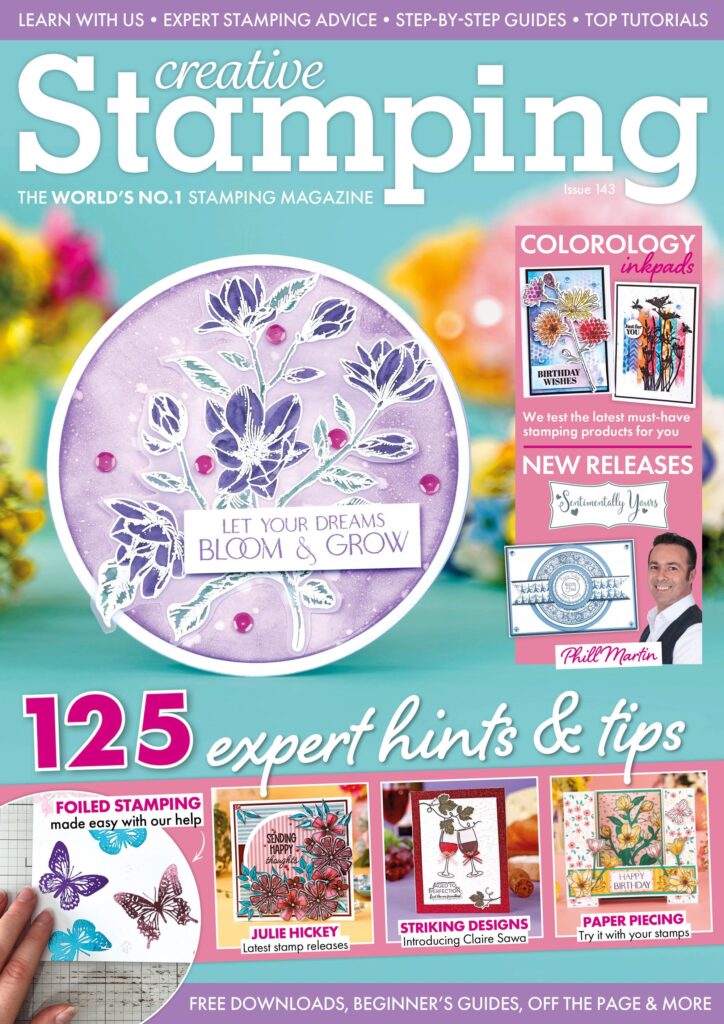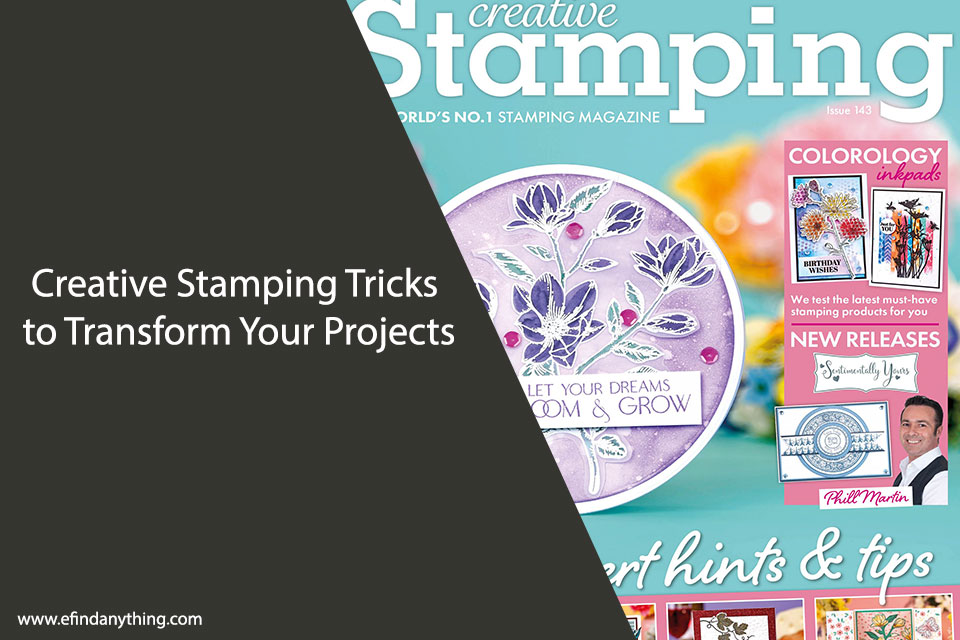Stamping is a versatile and fun way to add personality and flair to your crafting projects. Whether you’re a seasoned crafter or just starting, mastering creative stamping techniques can elevate your art and make it truly unique. From personalized cards to customized fabric designs, stamping allows you to explore endless possibilities.

Table of Contents
The Basics of Stamping
What is Stamping?
Stamping is a crafting technique that uses stamps and ink to imprint designs onto a surface. Stamps come in various forms, including rubber, clear, and foam options, offering different effects and levels of detail.
- Rubber Stamps: Durable and perfect for intricate designs.
- Clear Stamps: Made from photopolymer or silicone, they’re see-through, which makes placement more precise.
- Foam Stamps: Great for beginners and bold designs due to their simple shapes and easy handling.
With the right tools, stamping can elevate any project from ordinary to extraordinary.
Essential Tools for Stamping
Before you start, gather the essentials to make your process smooth and enjoyable.
- Stamps (rubber, clear, or foam)
- Ink Pads in various colors
- Acrylic Blocks for clear stamps
- Stamp Cleaner for tool maintenance
- Surface Material (e.g., paper, fabric, or wood)
Having these basics ensures you’re ready to experiment with all the creative possibilities that stamping offers.
Creative Stamping Techniques
Embossing
Give your designs dimension and texture with embossing!
- Dry Embossing: Use an embossing folder and a die-cutting machine to press patterns into your surface. This technique creates a textured, raised effect.
- Heat Embossing: Apply embossing powder to a stamped design, then heat it with a heat gun to create a glossy or metallic finish.
Masking
Layering your designs becomes effortless with the masking technique. This involves covering part of your stamped image while applying another stamp over it to create depth.
How to Mask:
- Stamp an image onto your surface.
- Cover it with a mask (a cut-out replica of the image on masking paper or tape).
- Stamp around or over the mask for a seamless layered effect. Once the mask is removed, the initial design remains untouched, blending perfectly.
Resist Stamping
Resist stamping involves using materials that repel ink, creating striking patterns and contrasts.
How to Create Resist Effects:
- Stamp your design using clear embossing ink.
- Apply embossing powder and heat to set.
- Blend watercolors or inks over the surface—your stamped design will “resist” the ink, leaving a beautiful outline.
Stamping on Different Surfaces
Think beyond paper! Stamping can transform a variety of surfaces, adding character to everyday objects.
Paper
Experiment with different textures like smooth cardstock, handmade paper, and vellum. Use pigment ink on dark paper for vibrant, opaque results.
Fabric
Personalize tote bags, cushion covers, or T-shirts by stamping on fabric. Use washable fabric ink and heat-set the design with an iron to make it permanent.
Wood and Metal
Stamp small wooden boxes, coasters, or even jewelry! For durable results on wood or metal, use permanent inks or apply a sealant to lock in your design.
Customizing Stamps and Tools
DIY Stamp Carving
Take your creative freedom up a notch by carving your stamps!
Step-by-Step DIY Stamp Carving Guide:
- Sketch your design on a rubber carving block.
- Use a linoleum carving tool to carefully cut away the negative space.
- Mount your stamp onto a wooden block for stability.
- Test your stamp on scrap paper to refine the details.
Creating customized stamps ensures your projects are one-of-a-kind.
Tool Maintenance
Keep your tools in top shape with these simple tips:
- Clean your stamps immediately after use with a stamp cleaner or baby wipes to prevent ink buildup.
- Store stamps flat in a cool, dry place to avoid warping.
- Condition rubber stamps with a small amount of glycerin to maintain their flexibility.
Project Ideas and Inspirations
Greeting Cards
Turn ordinary cardstock into stunning handmade cards. Use masking and resist stamping techniques to create layered, colorful designs.
Customized Tote Bags
Personalize canvas bags with fabric stamping. Choose bold, simple designs and multi-colored inks to make your creation pop.
Wall Art
Frame your stamped designs for a unique art piece. Try stamping on wood panels or using resist stamping for ombre effects.
Journals and Notebooks
Decorate journal covers or interior pages using a mix of techniques like embossing and stamping on different textures for a creative, personalized look.
Conclusion
Creative stamping unlocks endless opportunities for self-expression and personalization. By experimenting with different techniques, surfaces, and custom tools, you can craft unique pieces that reflect your style.





